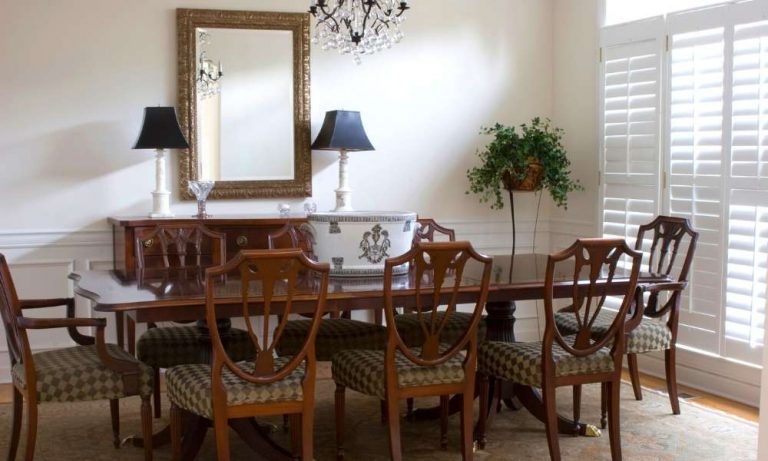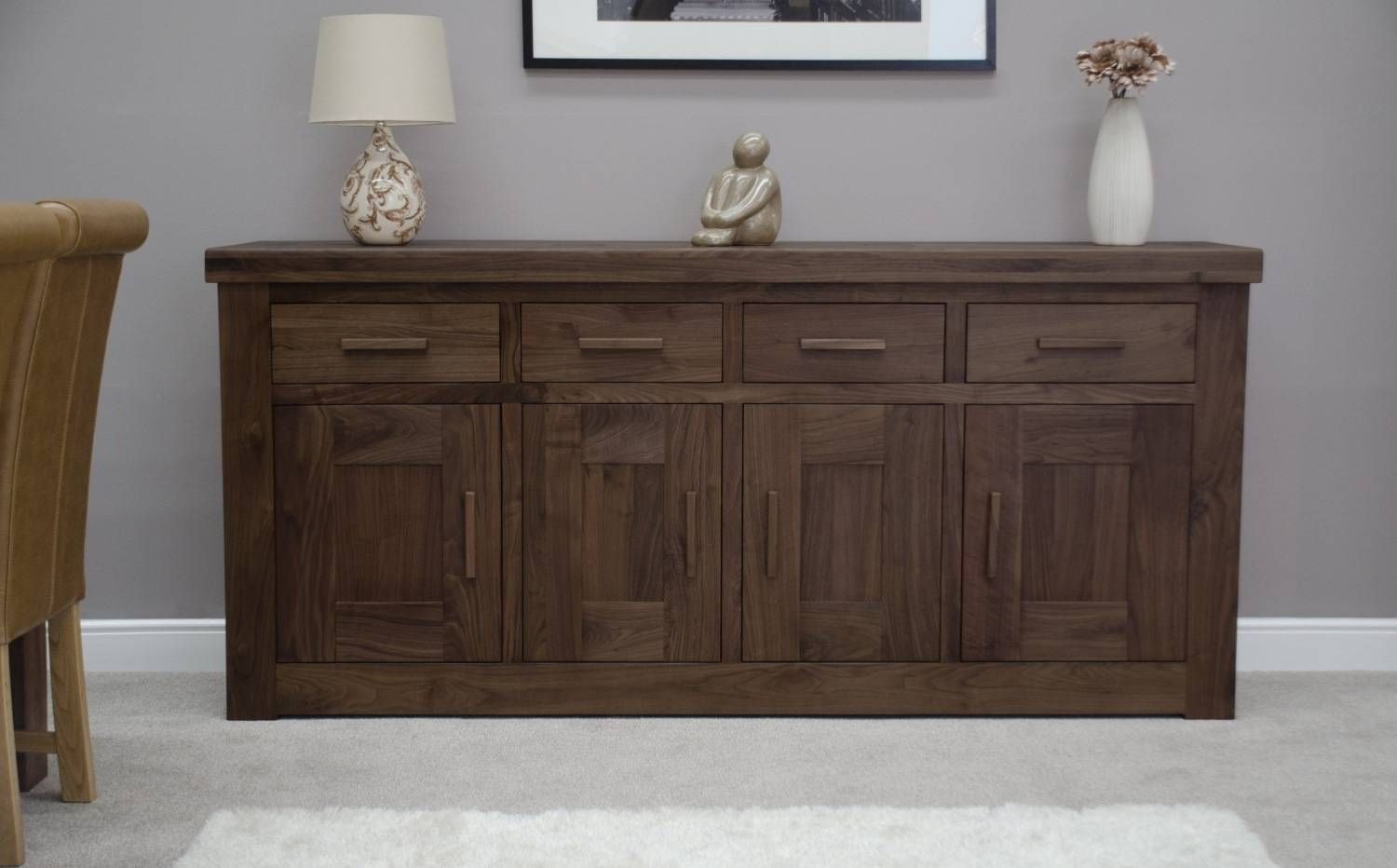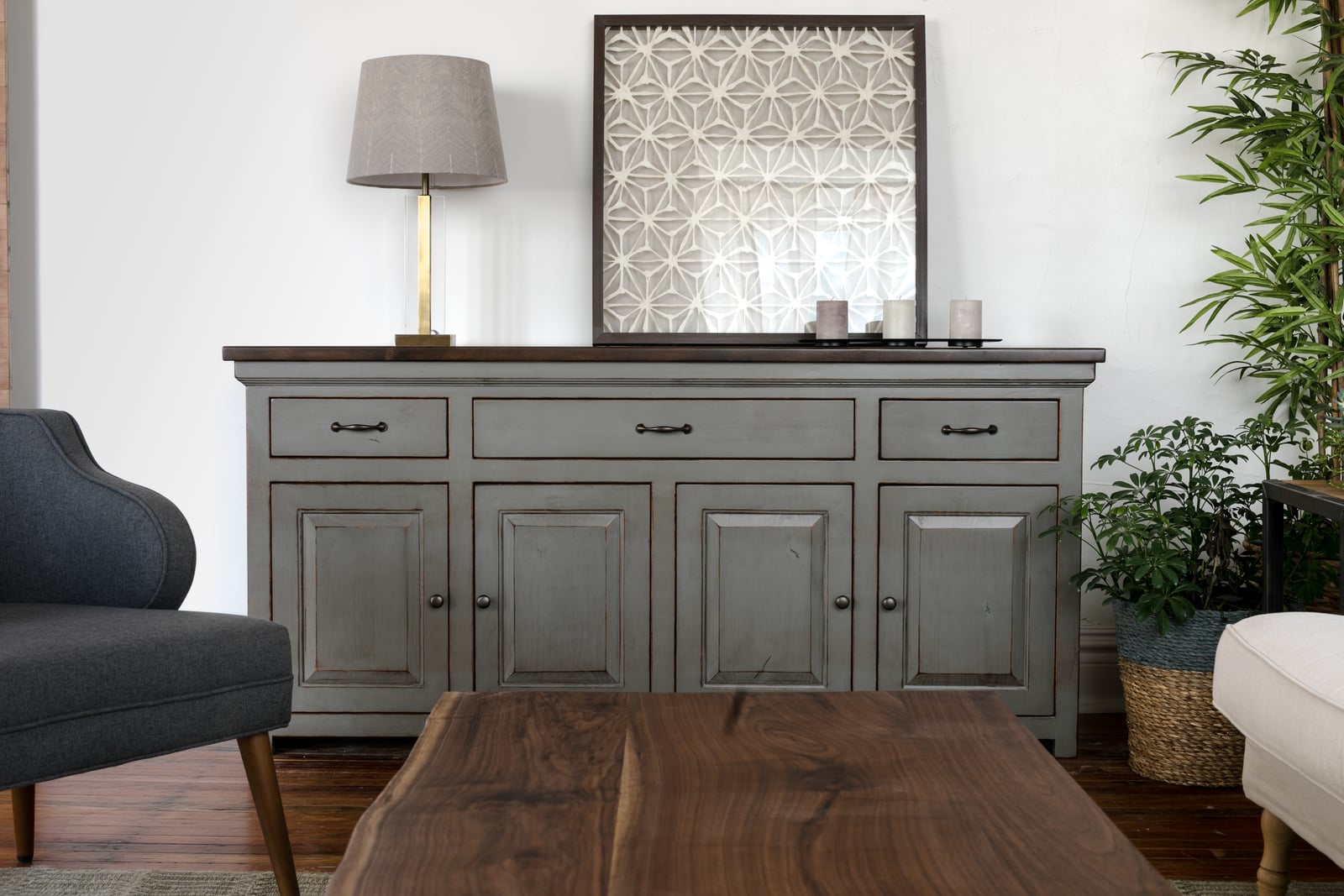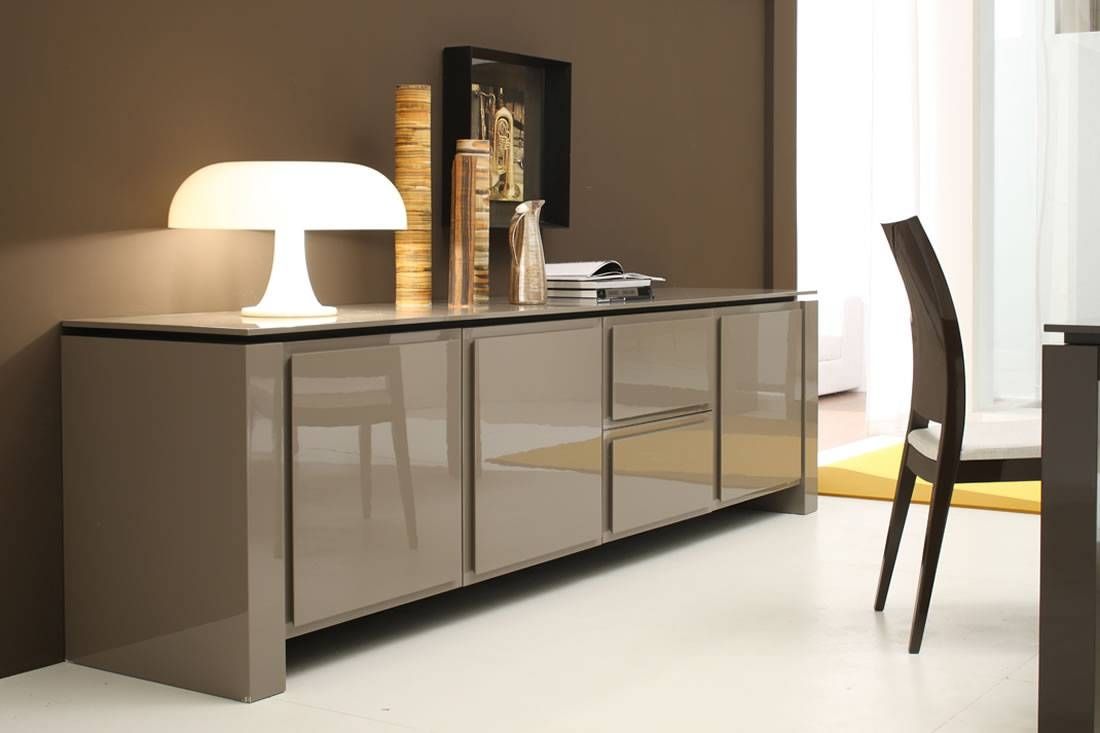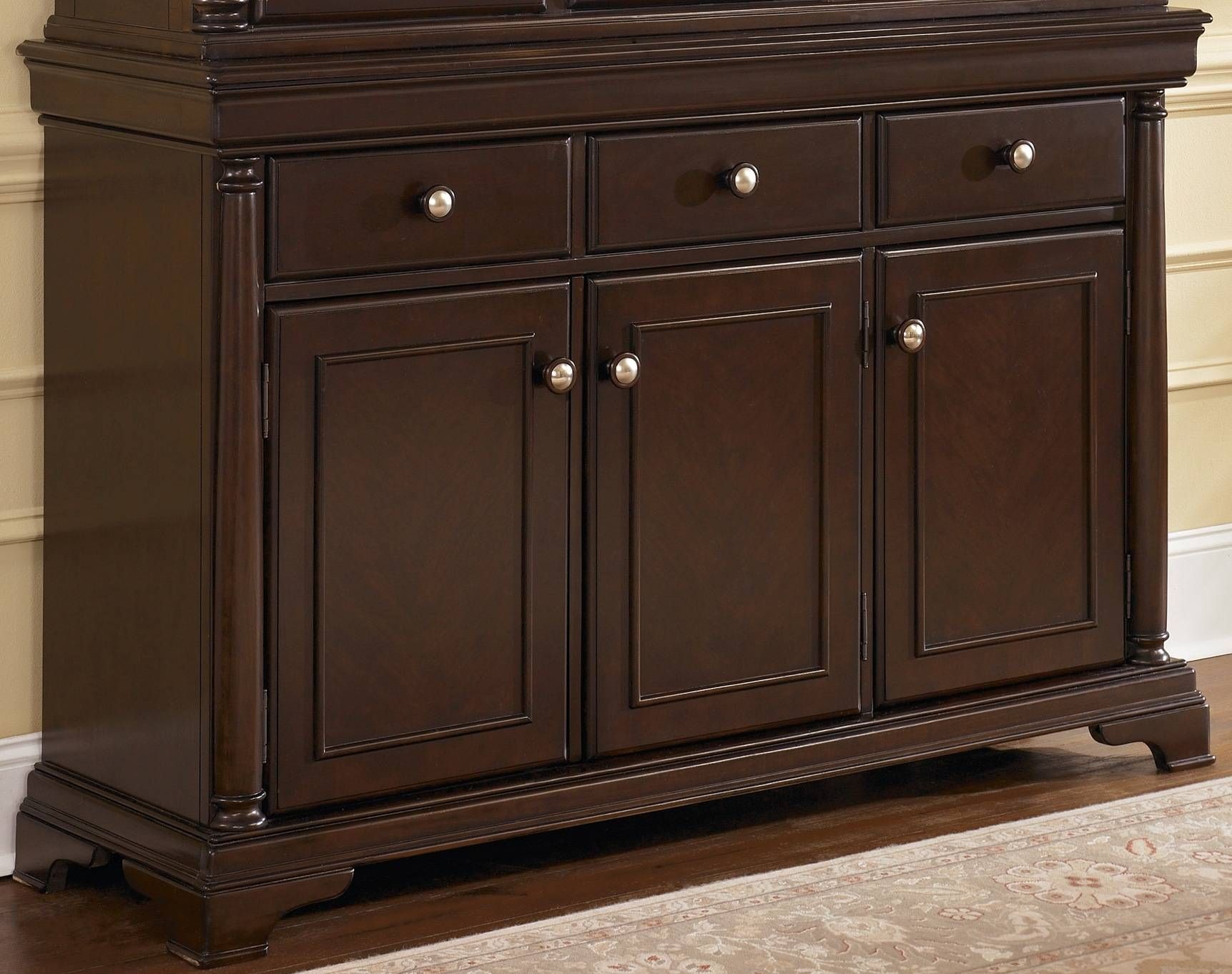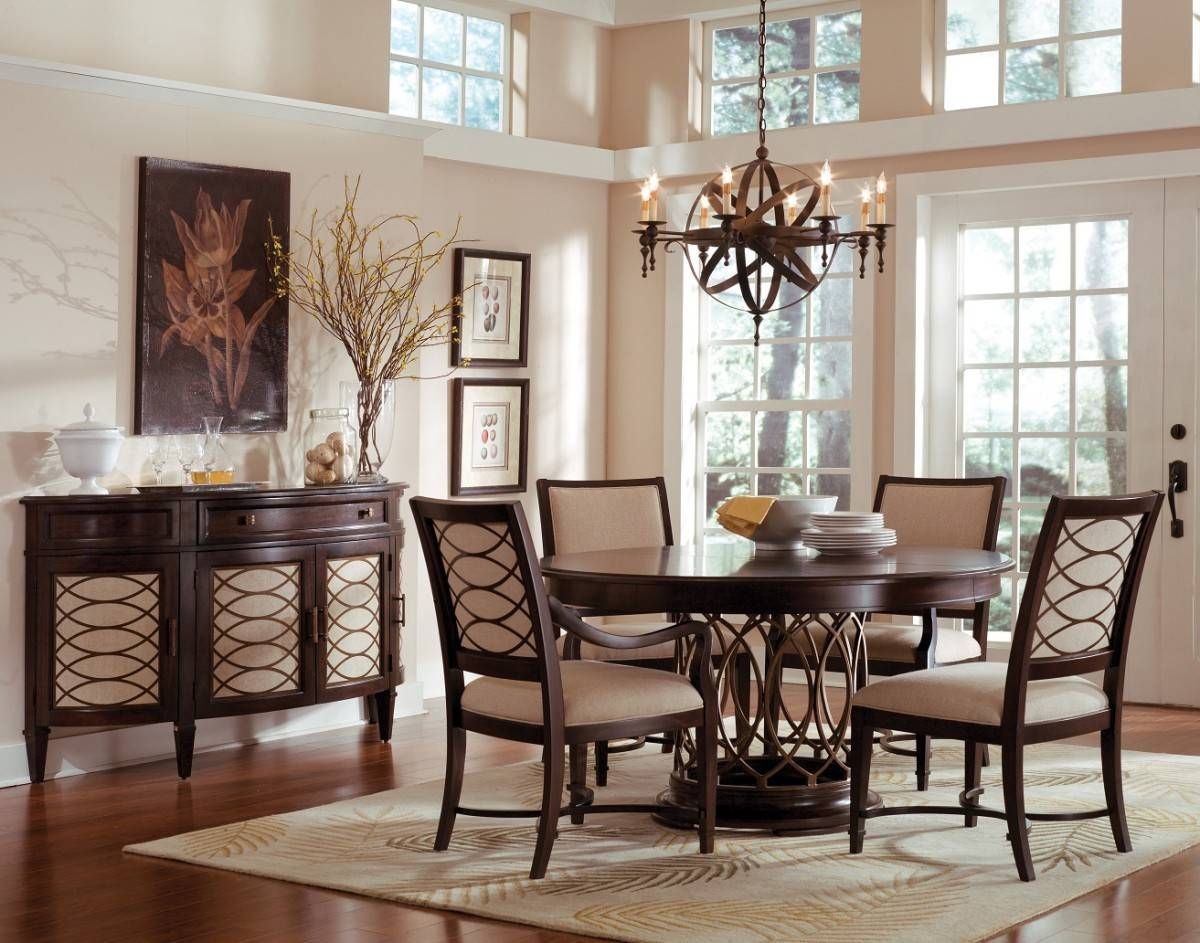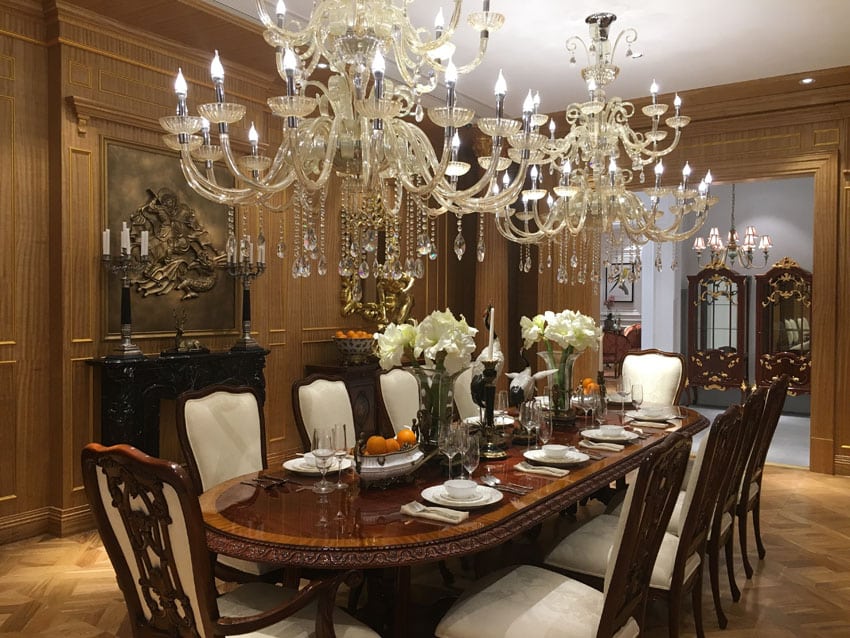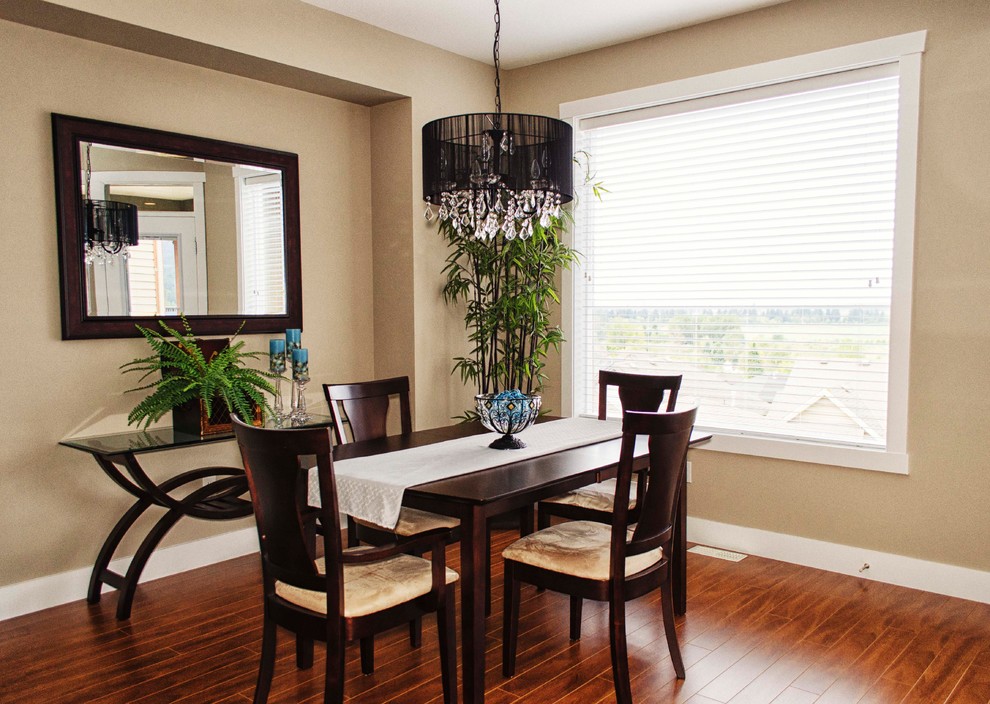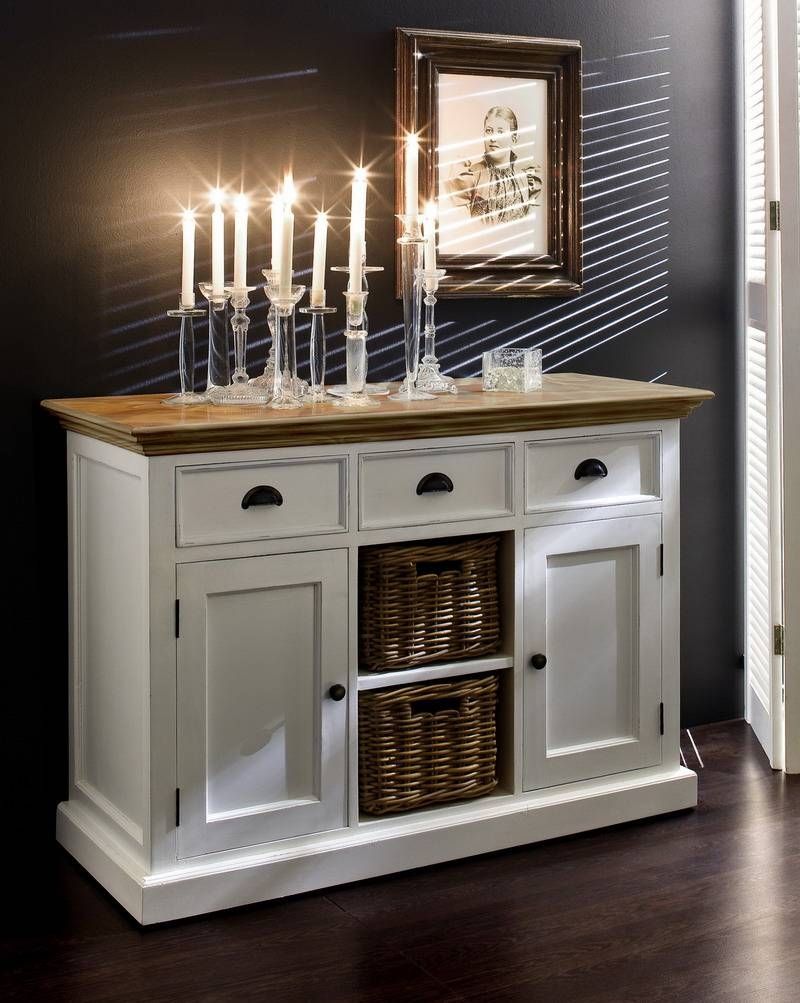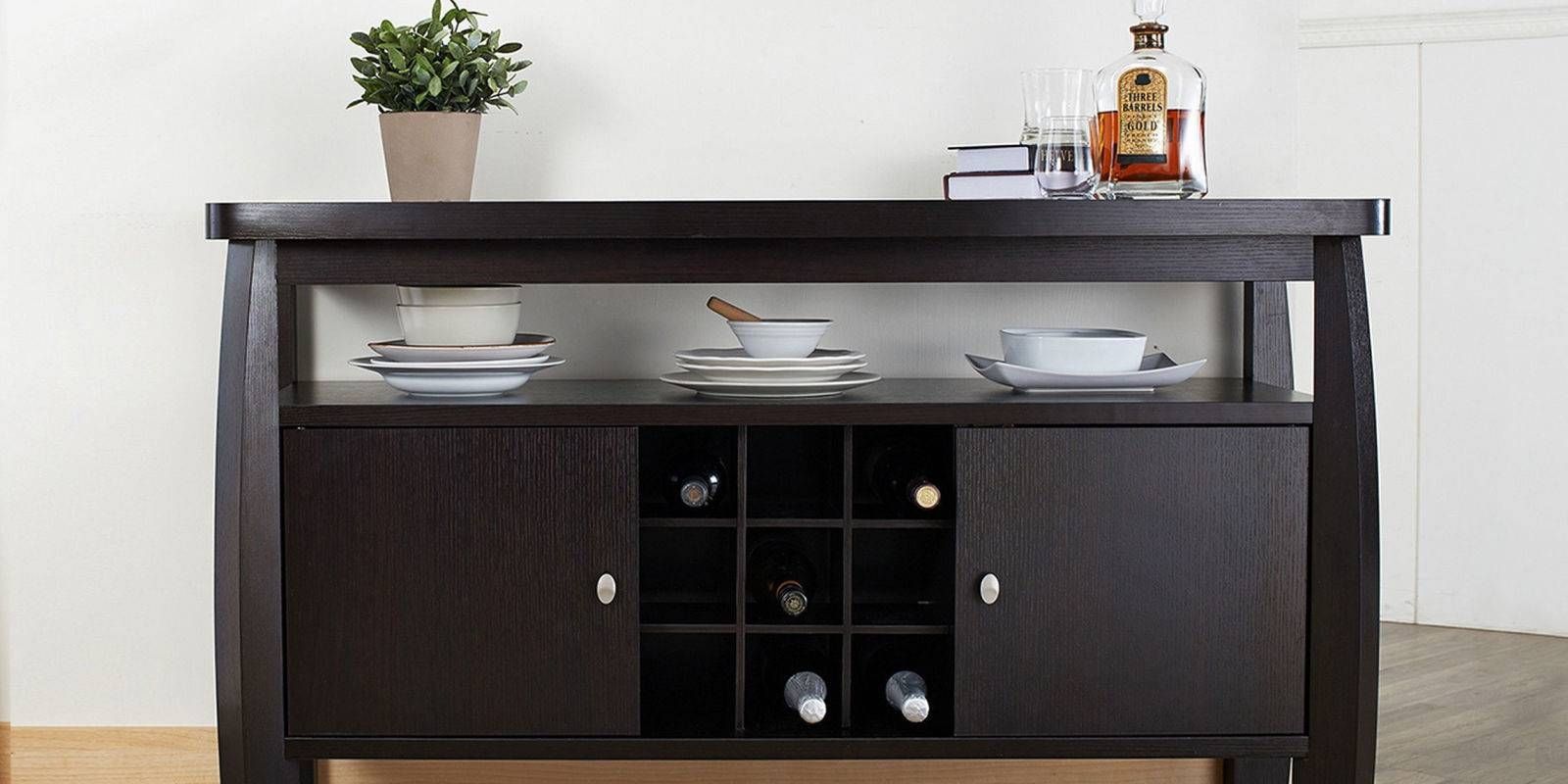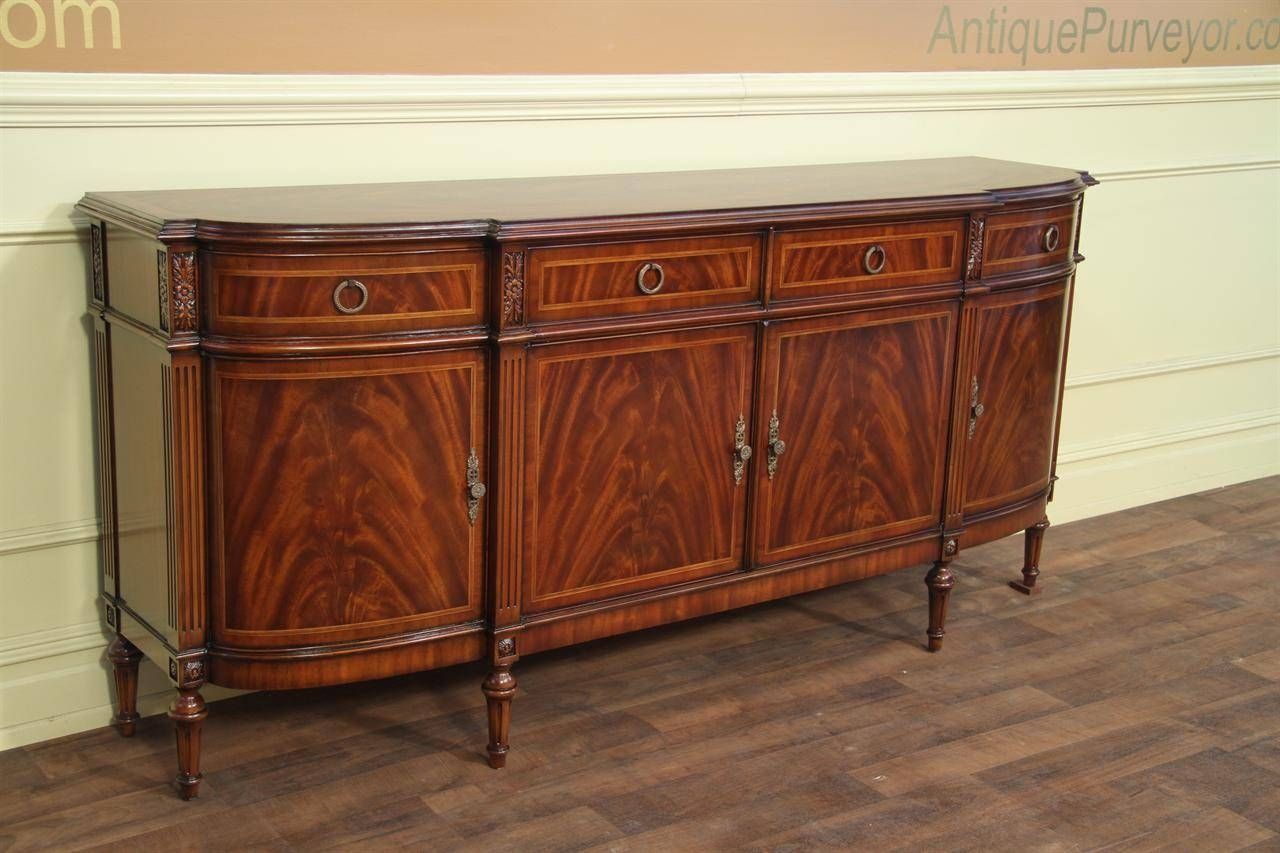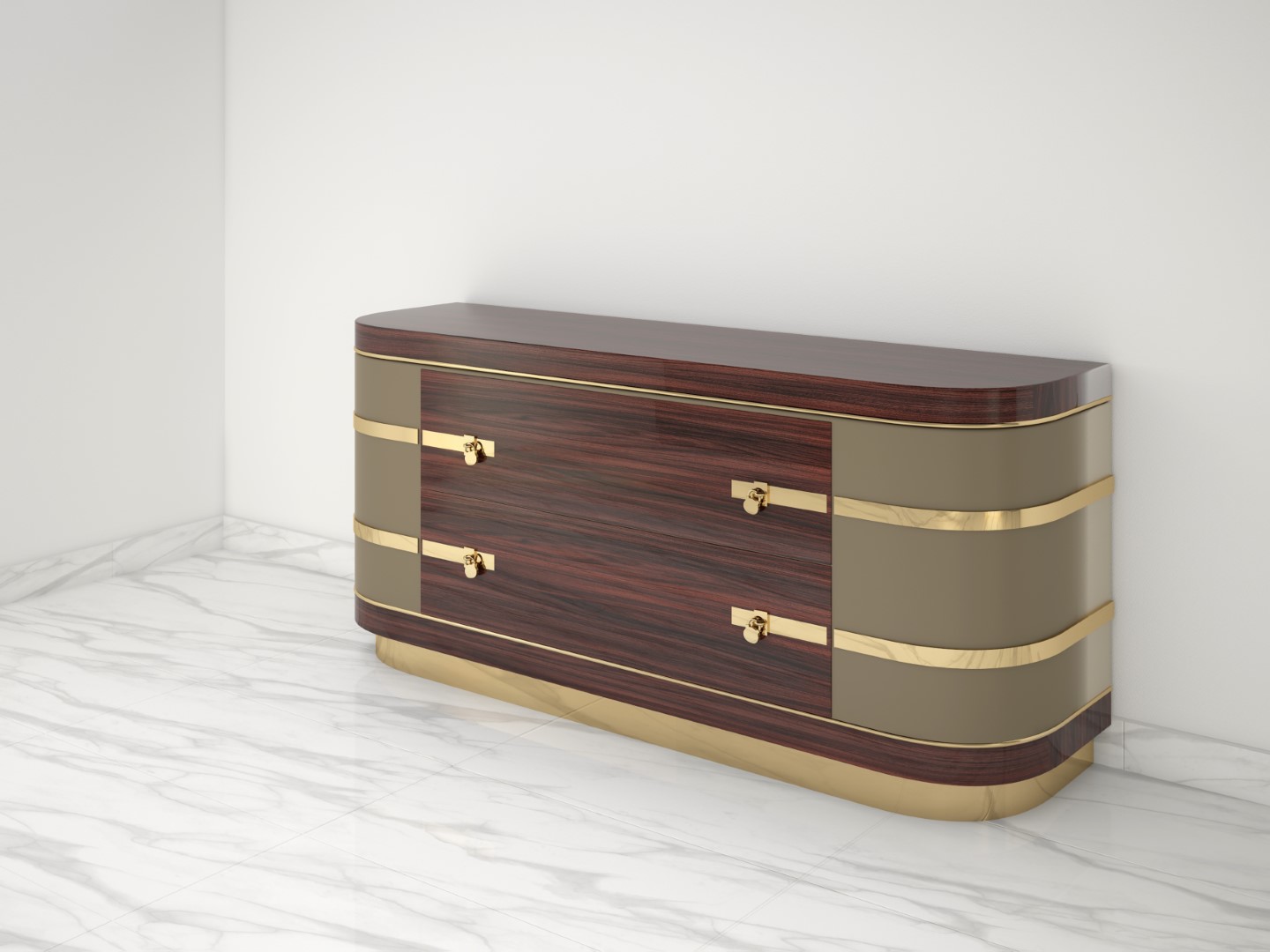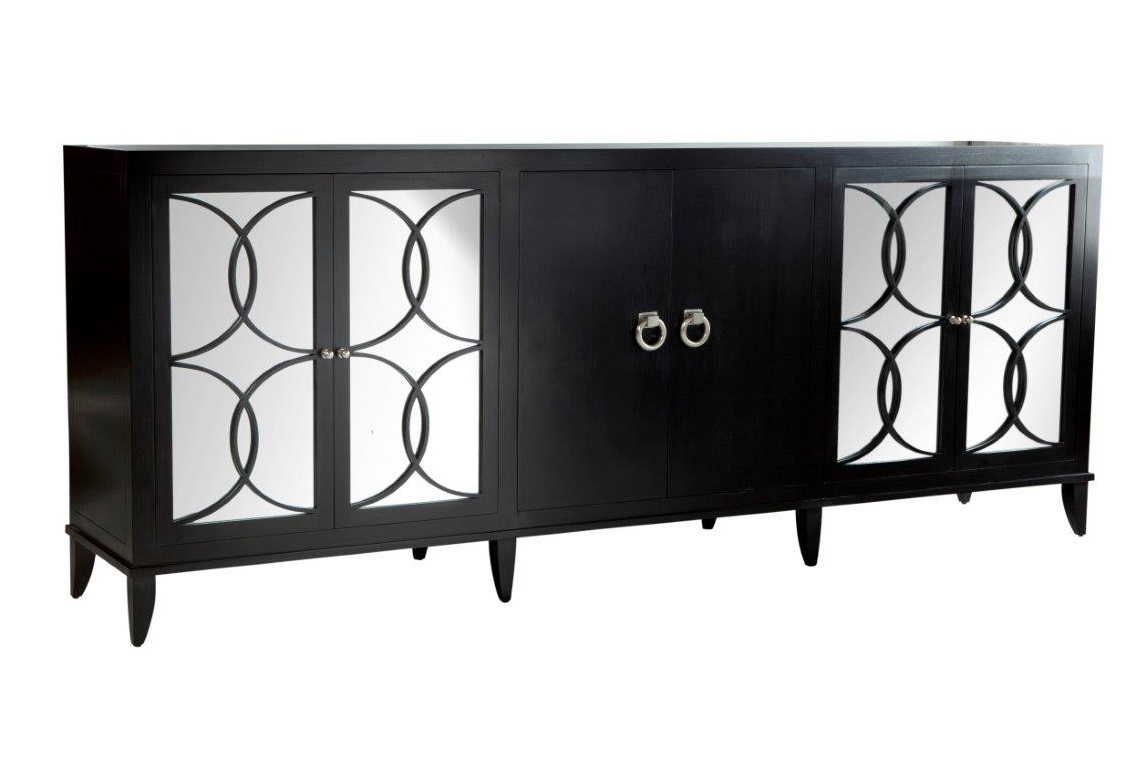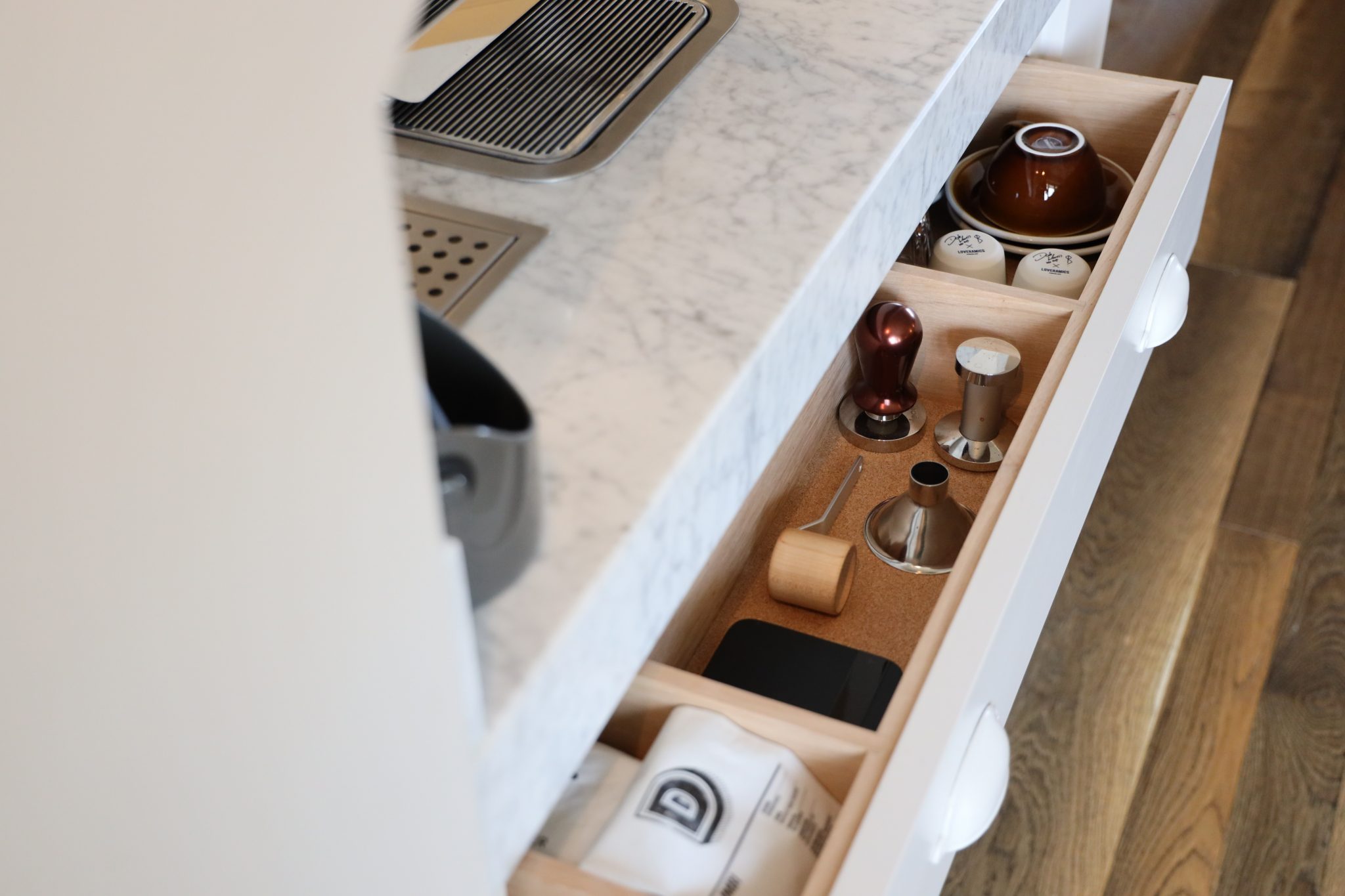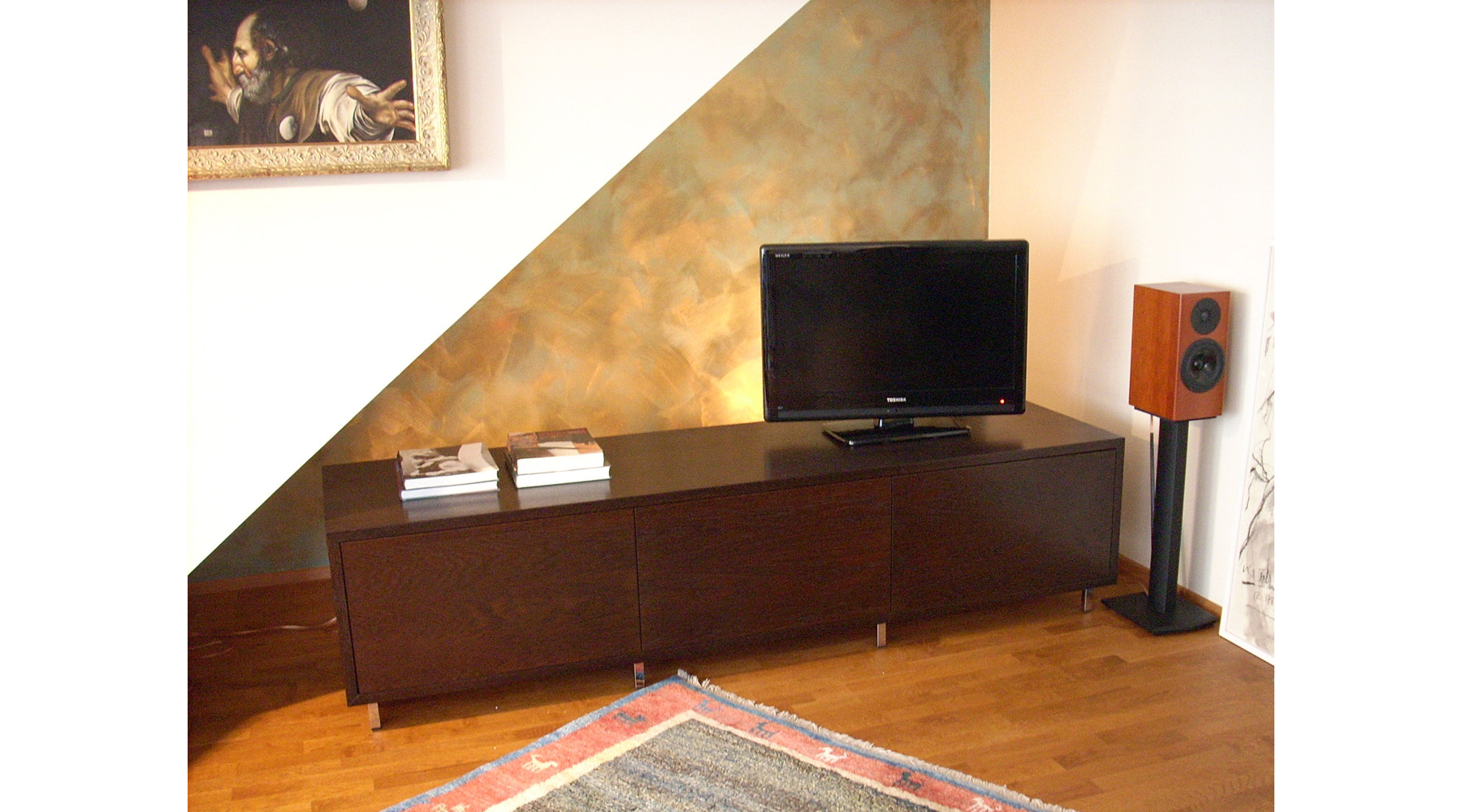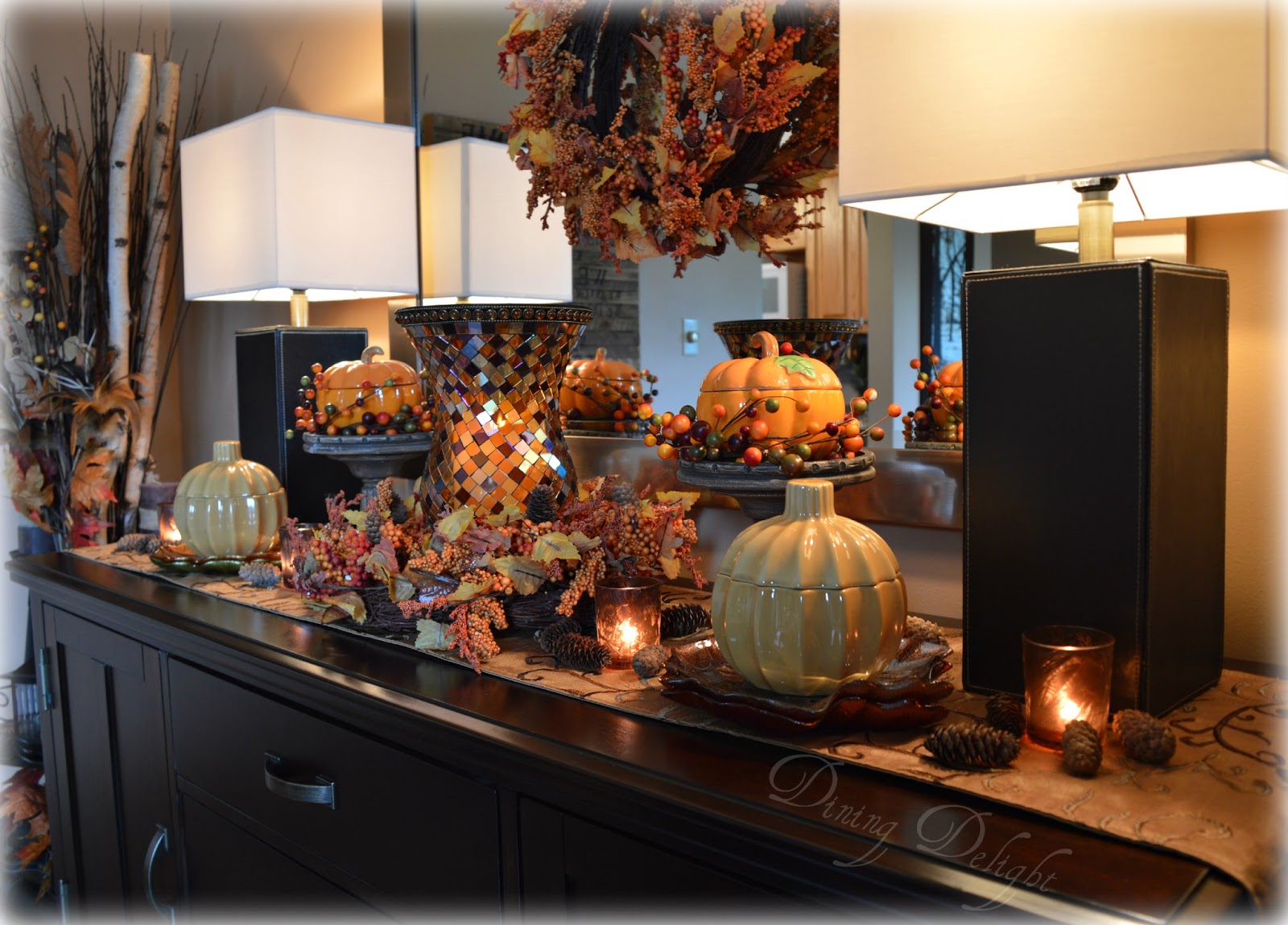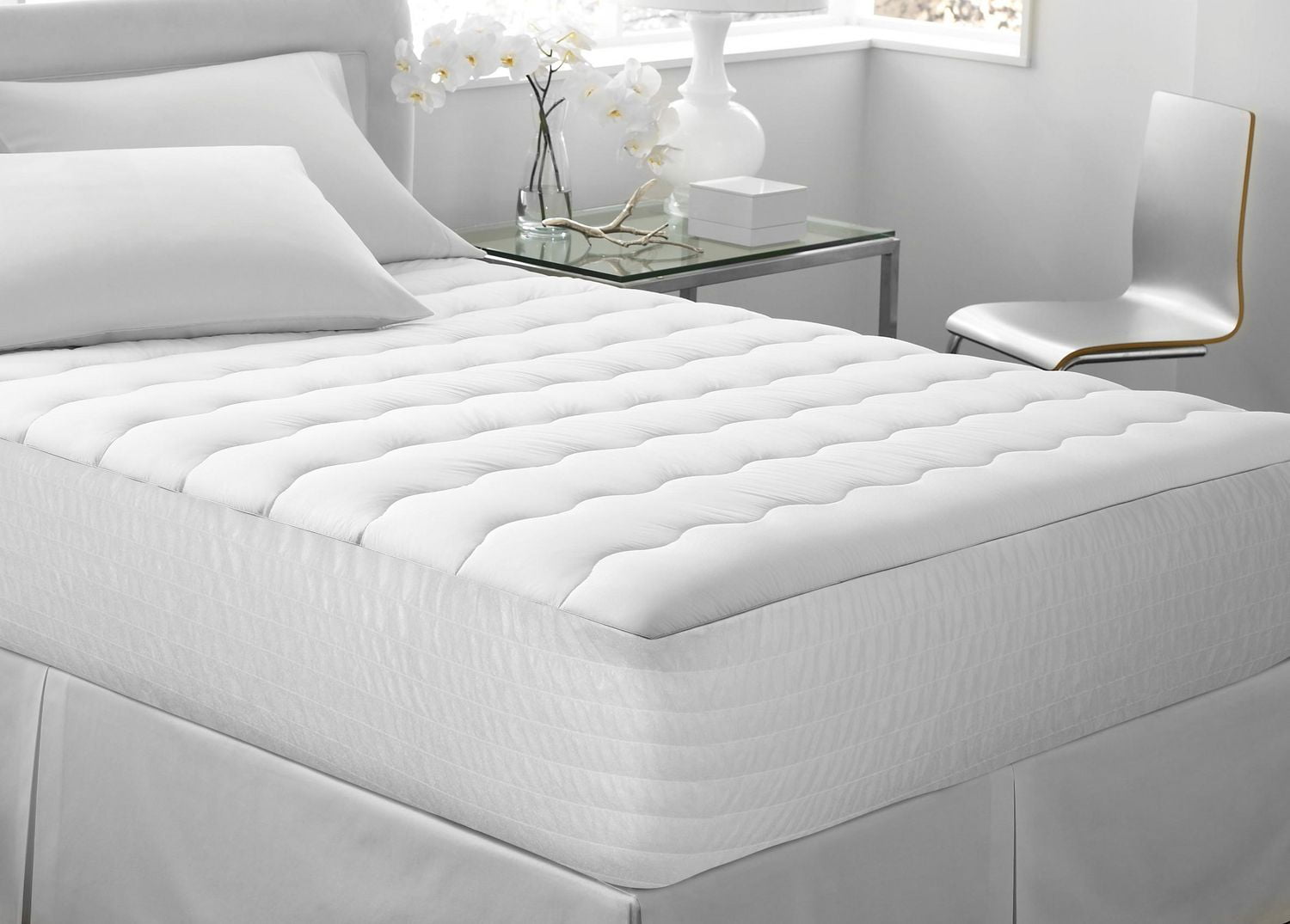A well-styled dining room sideboard can add the perfect finishing touch to any dining space. Whether you are hosting a formal dinner party or simply want to add some personality to your everyday meals, staging your sideboard is a great way to showcase your style and elevate the overall look of your dining room. In this article, we will discuss the top 10 tips for staging a dining room sideboard to help you create a beautiful and functional display.Staging a Dining Room Sideboard
Staging a dining room sideboard can seem like a daunting task, but with the right approach, it can be a fun and creative process. The key is to keep in mind the overall style and purpose of your dining room and use that as a guide for selecting and arranging items on your sideboard. Let’s dive into the top 10 tips for staging a dining room sideboard.How to Stage a Dining Room Sideboard
Staging a sideboard is all about creating balance and visual interest. With these tips, you can achieve a stylish and cohesive look for your dining room.Dining Room Sideboard Staging Tips
If you have a formal dining room, your sideboard can serve as a focal point for the space. To create an elegant and sophisticated look, keep things simple and symmetrical. Use a set of matching lamps or candlesticks on either end of the sideboard, and place a large piece of artwork or a mirror in the center. This will create a sense of symmetry and balance, which is key for a formal setting.Staging a Sideboard for a Formal Dining Room
A casual dining room allows for a more relaxed and eclectic style. Use your sideboard as a way to display your favorite items and add a touch of personality to the space. Mix and match different items such as vases, books, and decorative objects to create a curated and unique look. Just be sure not to overcrowd the sideboard, as this can make the space feel cluttered.Staging a Sideboard for a Casual Dining Room
In a small dining room, space is limited, so it’s important to use your sideboard strategically. Choose items that are both functional and decorative, such as a set of bowls or trays that can be used for entertaining, as well as small plants or candles to add some visual interest. You can also use the sideboard as a bar area or a place to store extra dishes and linens, helping to maximize the use of the space.Staging a Sideboard for a Small Dining Room
For a large dining room, you have more freedom to play with scale and create a grand display on your sideboard. Consider using larger items, such as a statement piece of artwork or a large vase, to anchor the space. You can also layer different items, such as books, trays, and decorative objects, to add depth and interest to the display.Staging a Sideboard for a Large Dining Room
When it comes to decorative items, the key is to choose items that complement the overall style and color scheme of your dining room. This could include items like vases, candle holders, and sculptures. Just be sure not to overcrowd the sideboard with too many decorative items, as this can make the space feel cluttered and overwhelming.Staging a Sideboard with Decorative Items
In addition to decorative items, functional items can also serve as great staging pieces for your sideboard. Consider using a set of bowls or trays for serving food, or a set of pitchers for drinks. This not only adds a practical element to your display, but it also adds some visual interest.Staging a Sideboard with Functional Items
Another great way to keep your dining room sideboard looking fresh and updated is by incorporating seasonal decorations. This could include items like holiday-themed decor, seasonal flowers, or even changing up the color scheme of your display. Just be sure to switch out these items as the seasons change to keep your sideboard looking current.Staging a Sideboard with Seasonal Decorations
Making Your Dining Room Pop with a Beautifully Staged Sideboard

Why Staging is Important for Your Dining Room
 When it comes to house design, every detail matters. From the color of the walls to the type of furniture, each element contributes to the overall look and feel of a room. This is especially true for the dining room, which is often the heart of a home. A well-styled dining room not only adds to the aesthetic appeal of your house, but it also creates a warm and inviting atmosphere for you and your guests. One key piece of furniture that can elevate the look of your dining room is a sideboard.
Staging a dining room sideboard
can add that extra touch of sophistication and charm to your space.
When it comes to house design, every detail matters. From the color of the walls to the type of furniture, each element contributes to the overall look and feel of a room. This is especially true for the dining room, which is often the heart of a home. A well-styled dining room not only adds to the aesthetic appeal of your house, but it also creates a warm and inviting atmosphere for you and your guests. One key piece of furniture that can elevate the look of your dining room is a sideboard.
Staging a dining room sideboard
can add that extra touch of sophistication and charm to your space.
The Benefits of Staging a Sideboard
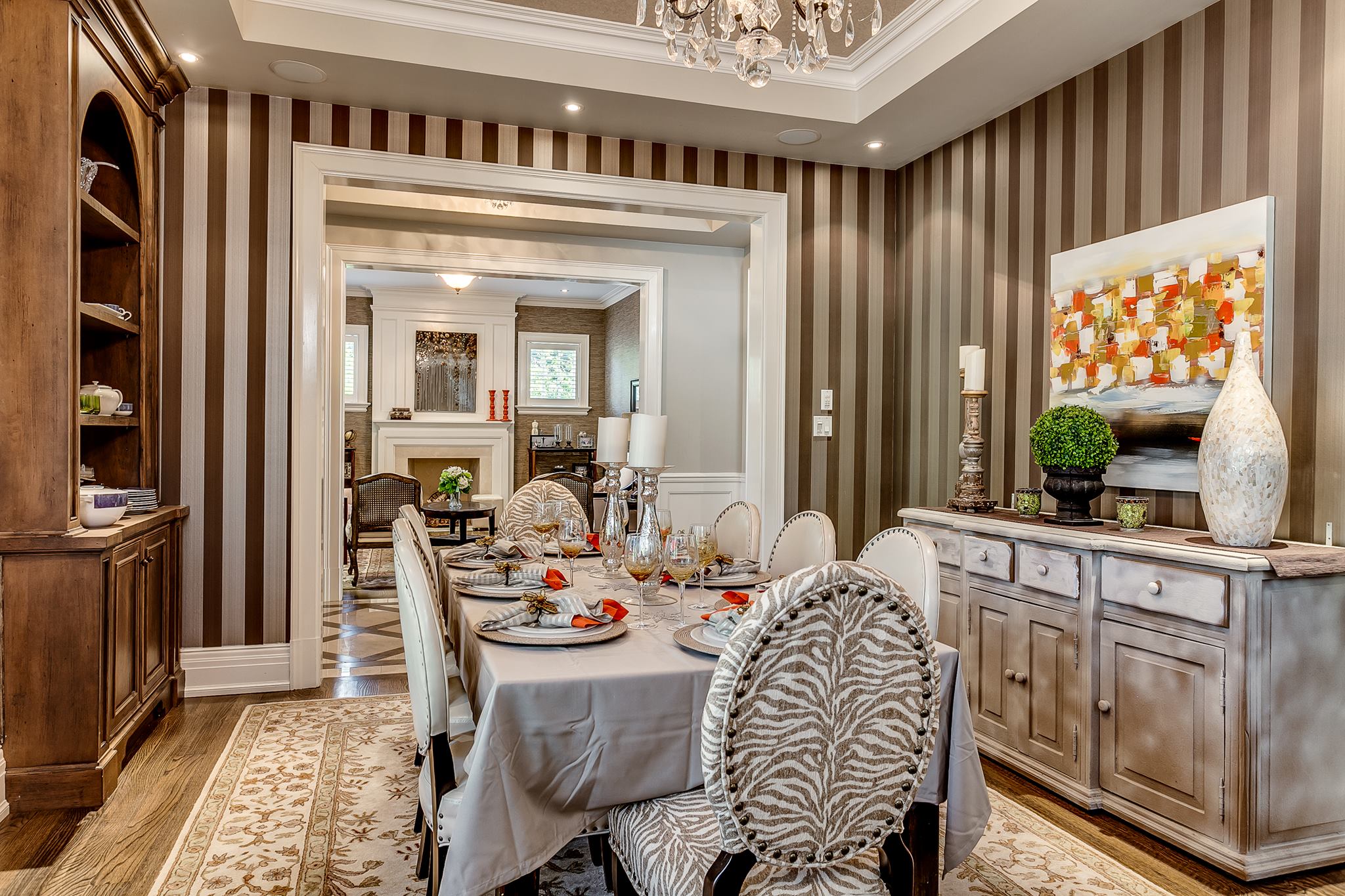 A sideboard is a versatile piece of furniture that can serve both functional and decorative purposes in your dining room. It can provide extra storage for your dining essentials, such as plates, cutlery, and linens. However, it can also be used to display decorative items, such as vases, candles, and artwork. By
staging your sideboard
, you can showcase your personal style and add personality to your dining room. It also allows you to optimize the space and create a sense of balance and harmony in the room.
A sideboard is a versatile piece of furniture that can serve both functional and decorative purposes in your dining room. It can provide extra storage for your dining essentials, such as plates, cutlery, and linens. However, it can also be used to display decorative items, such as vases, candles, and artwork. By
staging your sideboard
, you can showcase your personal style and add personality to your dining room. It also allows you to optimize the space and create a sense of balance and harmony in the room.
How to Stage a Dining Room Sideboard
 The first step in
staging your dining room sideboard
is to declutter and clean the surface. Remove any unnecessary items and wipe down the surface to create a blank canvas. Next,
choose a theme or color scheme
for your staging. This could be based on the season, a special occasion, or your personal taste. Use a variety of decorative items, such as candles, plants, and artwork, to add visual interest and texture to the sideboard.
Balance is key
when it comes to staging, so make sure to vary the height and size of the items. Lastly, step back and
make adjustments
as needed to ensure the overall look is cohesive and visually appealing.
The first step in
staging your dining room sideboard
is to declutter and clean the surface. Remove any unnecessary items and wipe down the surface to create a blank canvas. Next,
choose a theme or color scheme
for your staging. This could be based on the season, a special occasion, or your personal taste. Use a variety of decorative items, such as candles, plants, and artwork, to add visual interest and texture to the sideboard.
Balance is key
when it comes to staging, so make sure to vary the height and size of the items. Lastly, step back and
make adjustments
as needed to ensure the overall look is cohesive and visually appealing.
Final Thoughts
 Staging a dining room sideboard may seem like a small detail, but it can make a big impact on the overall design of your dining room. It allows you to add your personal touch and create a warm and inviting atmosphere for your guests. So the next time you are looking to refresh your dining room, don't forget about the power of
staging your sideboard
. It just might be the missing piece to complete your perfect dining room.
Staging a dining room sideboard may seem like a small detail, but it can make a big impact on the overall design of your dining room. It allows you to add your personal touch and create a warm and inviting atmosphere for your guests. So the next time you are looking to refresh your dining room, don't forget about the power of
staging your sideboard
. It just might be the missing piece to complete your perfect dining room.





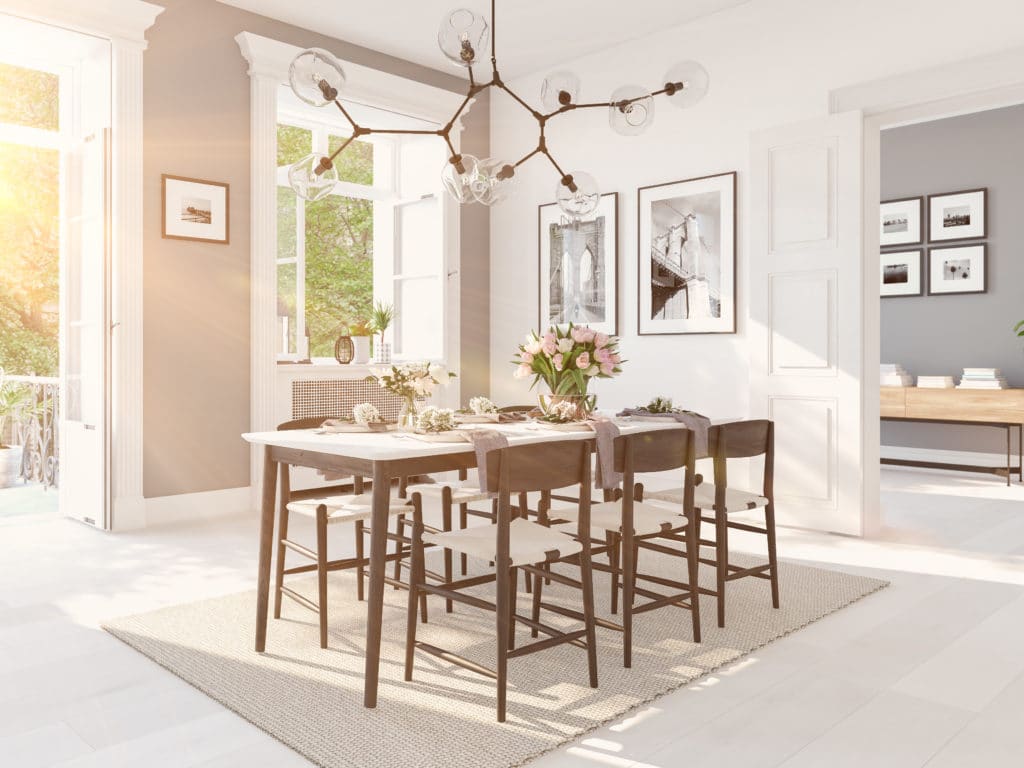
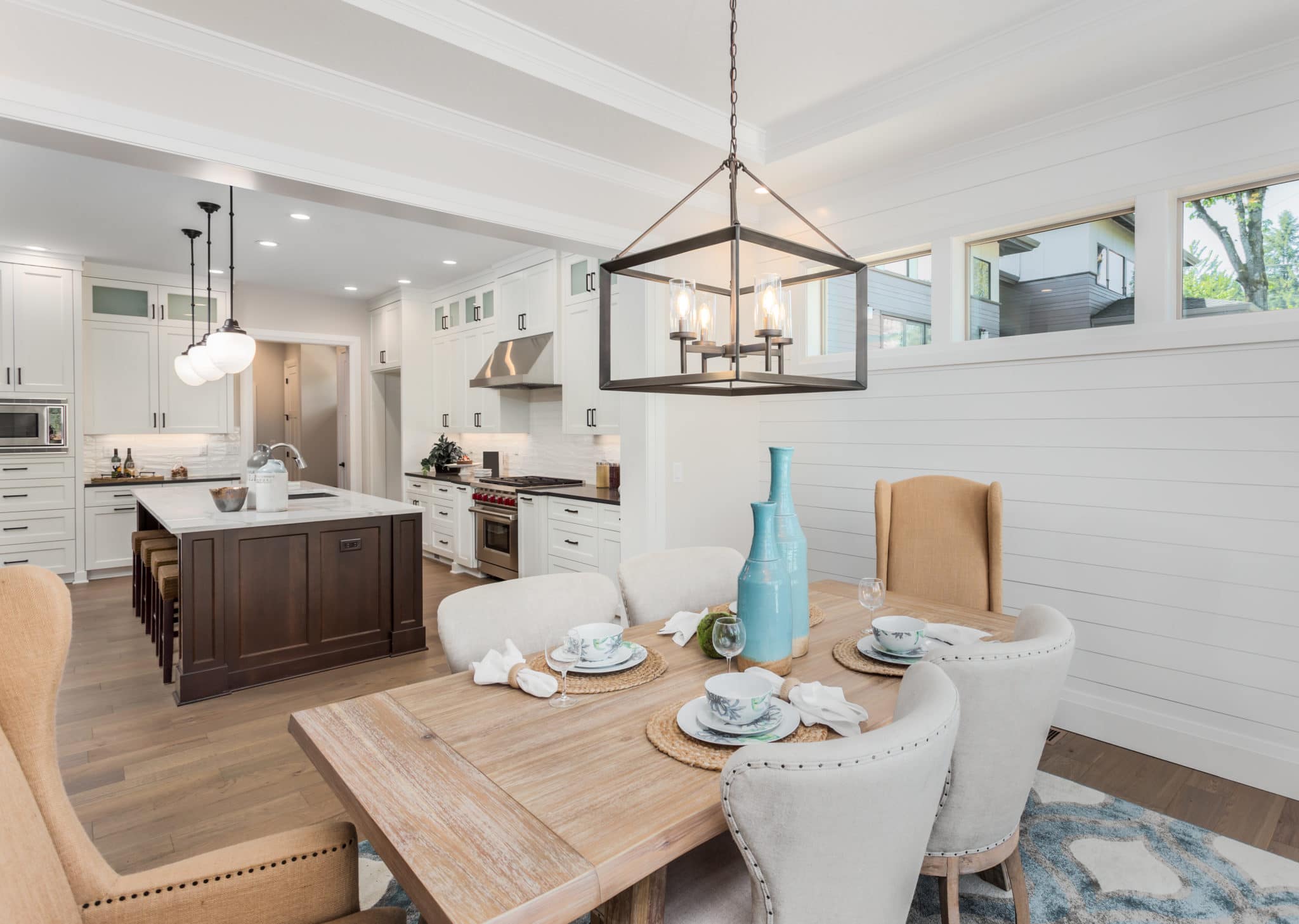
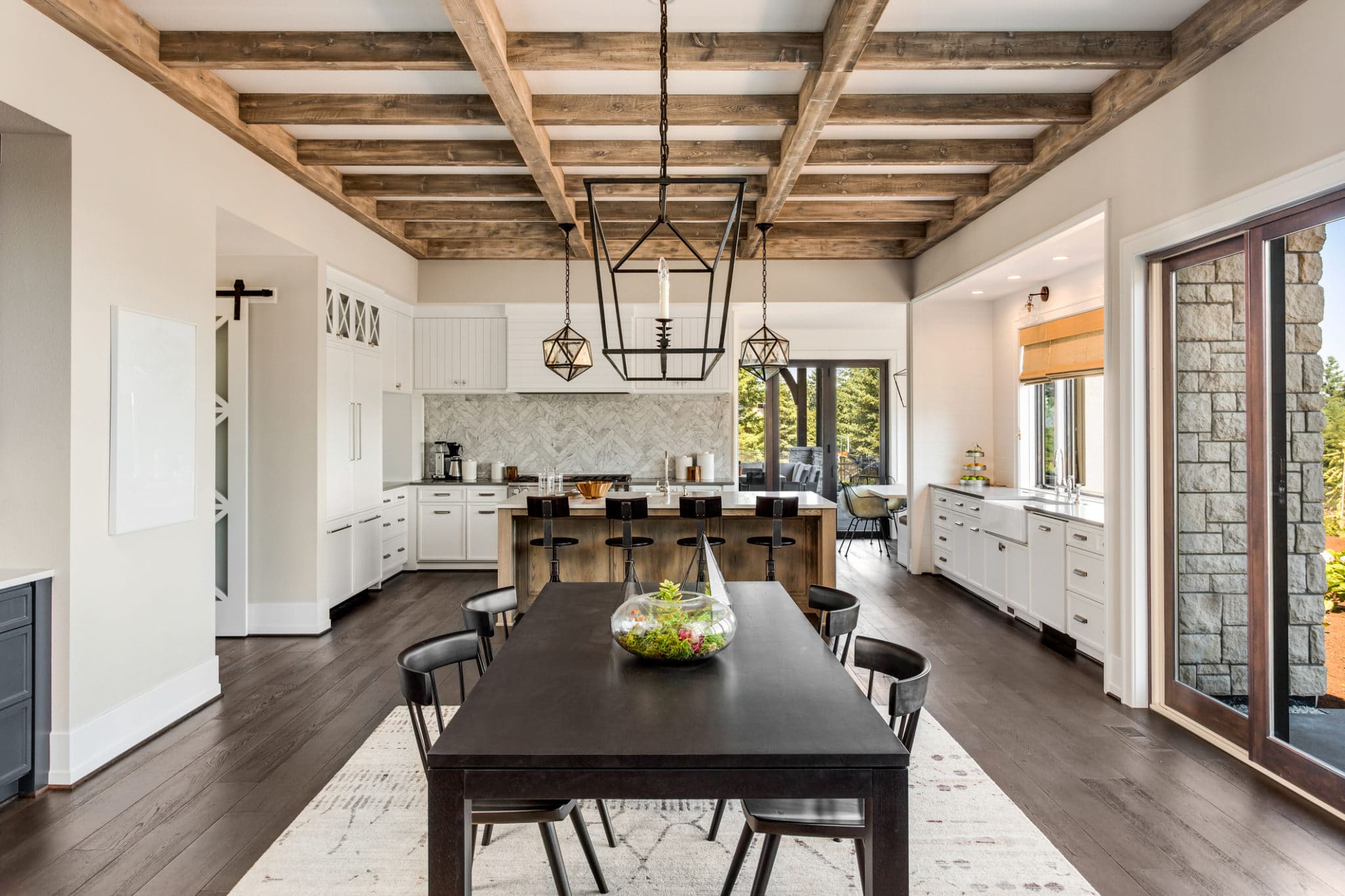



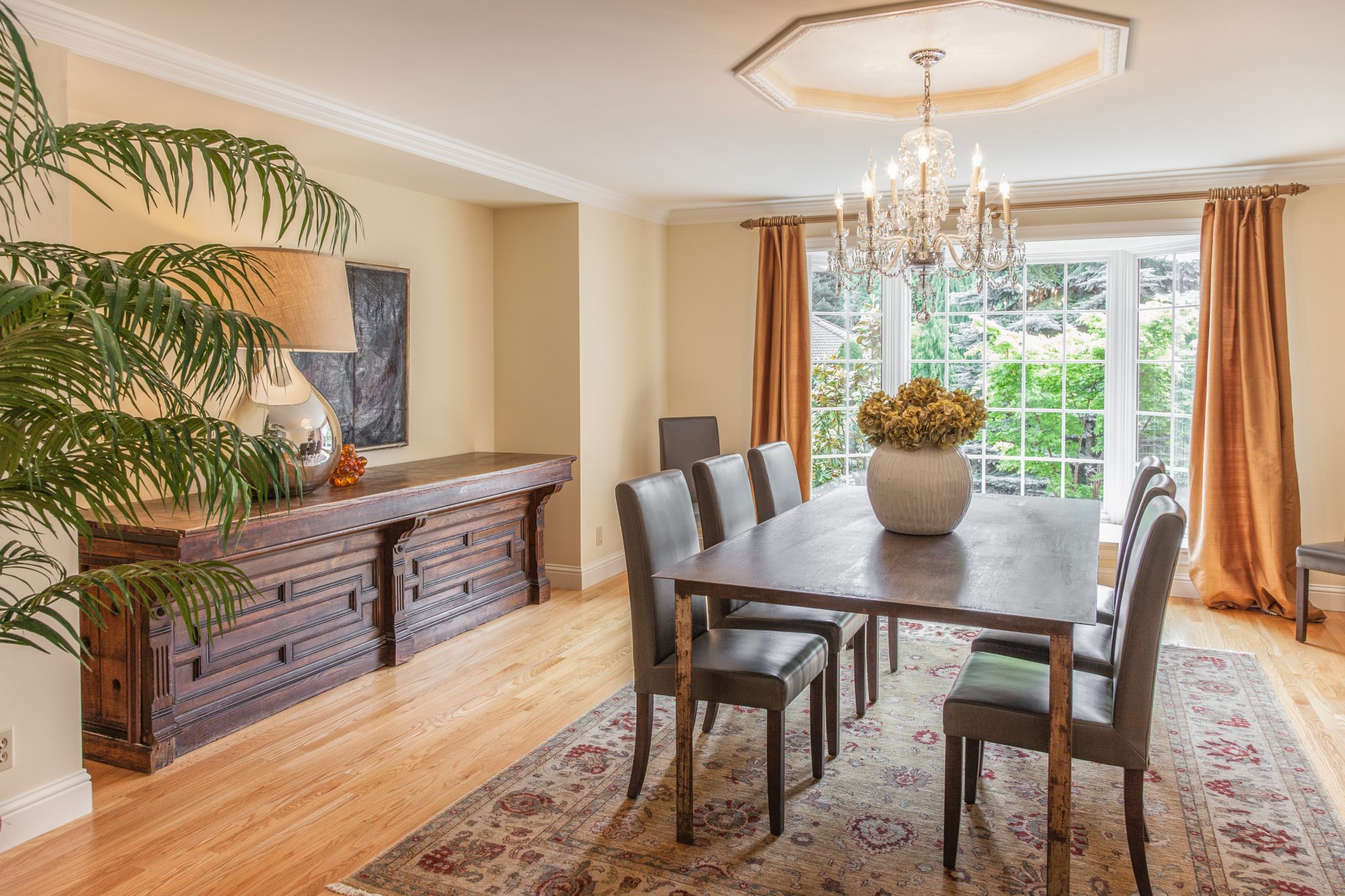

/modern-home-with-a-contemporary-interior-dining-room-1035793466-0fece937f02a40aaa6337da164693dfd.jpg)





